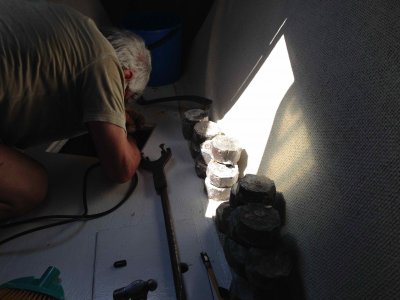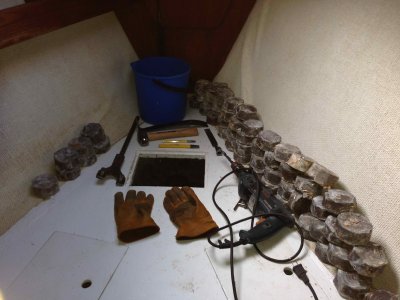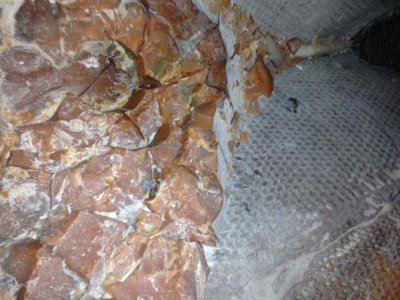tfrere
Thomas McNulty
I spent about 1/2 of the day today removing the lead ingots from the bow of my M382. I counted 60 but only removed 59. My bow is now 2-1/2 inches higher than it was before I started. I knew my boat was bow heavy because the starboard cockpit seat holds water after a rain or washing.




